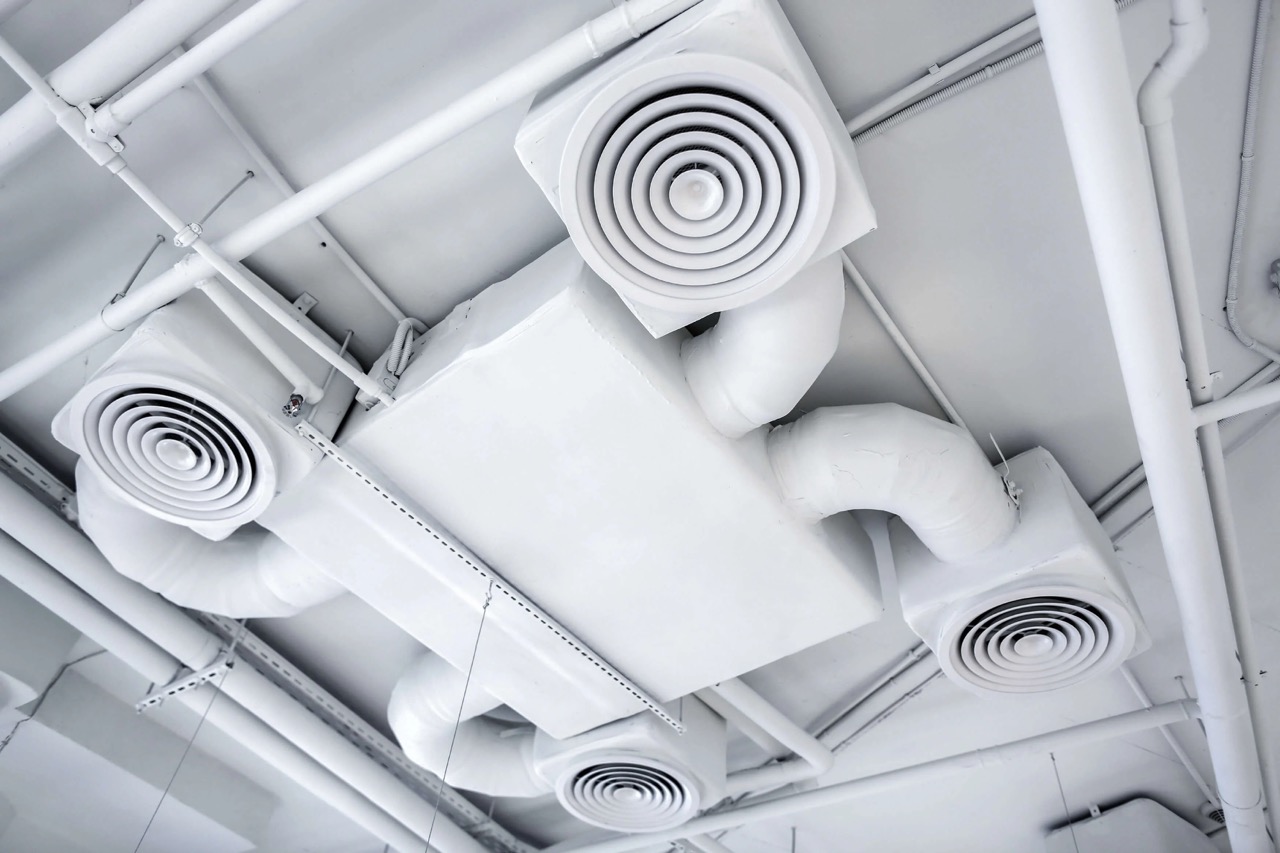

Articles
What Does CAV Stand For In HVAC
Modified: January 9, 2024
Discover the meaning of CAV in HVAC systems and learn more through our articles. Stay informed with our comprehensive HVAC guides and resources.
(Many of the links in this article redirect to a specific reviewed product. Your purchase of these products through affiliate links helps to generate commission for Storables.com, at no extra cost. Learn more)
Introduction
When it comes to keeping our homes and workplaces comfortable, HVAC systems play a crucial role. HVAC stands for Heating, Ventilation, and Air Conditioning, and it encompasses a range of technologies used to control the temperature, humidity, and air quality in indoor spaces. From residential buildings to commercial complexes, HVAC systems are vital for creating a comfortable and healthy environment for occupants.
Within the world of HVAC systems, there are various terms and acronyms that may leave people confused. One such acronym is CAV, which stands for Constant Air Volume. CAV refers to a type of air distribution system that is commonly used in HVAC setups. Understanding what CAV means and how it functions can provide valuable insights into how these systems work and the benefits they offer.
Key Takeaways:
- CAV, or Constant Air Volume, systems in HVAC provide consistent comfort in smaller buildings but may consume more energy. Consider alternatives like VAV or HVAC zoning for precise control and energy efficiency.
- Understanding CAV in HVAC is crucial for selecting the right air distribution system. Evaluate building characteristics and consult HVAC professionals to balance comfort, energy efficiency, and indoor air quality.
Read more: What Does An HVAC Service Include
Definition of HVAC
HVAC, an acronym for Heating, Ventilation, and Air Conditioning, is a technology used to control and regulate the indoor environment of residential, commercial, and industrial buildings. The primary goal of HVAC systems is to ensure comfort by maintaining optimal temperature, humidity, and air quality levels.
Heating: The heating component of HVAC systems is responsible for keeping indoor spaces warm during colder months. This is achieved through various methods, such as heating furnaces, boilers, heat pumps, or electric heaters. The heating process raises the temperature to a comfortable level based on the desired set point.
Ventilation: Ventilation refers to the process of providing fresh air circulation within a building. It involves removing stale air and introducing outdoor air into the indoor space. Proper ventilation helps maintain a healthy indoor environment by removing pollutants, controlling moisture levels, and regulating oxygen and carbon dioxide levels. Ventilation systems can be natural (using windows, doors, and vents) or mechanical (using fans, air supply, and exhaust systems).
Air Conditioning: Air conditioning is the process of cooling or dehumidifying indoor spaces to provide comfort during hot and humid weather conditions. Air conditioning units, such as central air conditioners or split systems, use refrigerants to absorb heat from the indoor air and release it outside. This cools the indoor space and reduces humidity levels, creating a pleasant and comfortable environment.
Overall, HVAC systems are designed to provide thermal comfort, improve indoor air quality, and ensure proper ventilation. They are essential for maintaining a healthy and conducive environment for occupants, regardless of the external weather conditions.
What Does CAV Stand For?
CAV stands for Constant Air Volume in the context of HVAC systems. It refers to a type of air distribution system that maintains a consistent volume of conditioned air flowing into a space. In CAV systems, the airflow remains constant regardless of changes in temperature or demand.
The CAV system operates by delivering a fixed volume of air through ductwork to various rooms or zones within a building. This airflow is determined based on the calculated cooling or heating load of the space. The CAV system maintains a steady flow rate, ensuring that each room receives the same amount of conditioned air at all times.
One of the key characteristics of CAV systems is that they use simple controls that do not vary the airflow based on the cooling or heating demand. This means that the system maintains a consistent airflow even when the actual cooling or heating requirements of the space may fluctuate. As a result, CAV systems tend to consume more energy than other HVAC systems, as they continuously deliver a fixed volume of conditioned air.
However, despite their higher energy consumption, CAV systems offer some advantages. The constant airflow provided by CAV systems helps to minimize temperature fluctuations within a space, ensuring a consistent level of comfort for occupants. Additionally, the simplicity of CAV systems makes them relatively easy to design, install, and maintain, making them a popular choice in smaller residential or commercial buildings where complexity is not a major concern.
It is important to note that CAV systems are not suitable for every HVAC application. In spaces where variable cooling or heating loads are common, such as large office buildings or commercial establishments with changing occupancy levels, CAV systems may not be the most efficient option. In such cases, other air distribution systems with variable volume control, such as Variable Air Volume (VAV) systems or HVAC zoning, may be more appropriate.
Overall, CAV systems are a type of air distribution system that provides a constant volume of conditioned air to maintain indoor comfort. While they may not be the most energy-efficient option for all situations, they offer simplicity and consistency in delivering airflow to the different areas of a building.
Explaining CAV in HVAC Systems
CAV, or Constant Air Volume, is a method of air distribution used in HVAC systems to deliver a consistent volume of conditioned air to various spaces within a building. This approach is often employed in smaller residential or commercial buildings where simplicity and cost-effectiveness are prioritized.
In CAV systems, the airflow entering each room or zone remains constant regardless of temperature or demand. This means that the same amount of conditioned air is continuously delivered to each space, maintaining a consistent level of comfort for occupants.
The operation of CAV systems relies on two primary components: the supply and return ductwork, and the control devices. The supply ductwork distributes the conditioned air from the HVAC unit to the different areas of the building, ensuring a constant airflow. The return ductwork collects the stale air from each room and directs it back to the HVAC unit for reconditioning.
The control devices in CAV systems are responsible for regulating the airflow and maintaining a constant volume. They typically include dampers, which control the amount of air flowing into each room, and fan speed controls, which regulate the overall airflow in the system.
One of the main advantages of CAV systems is their simplicity. Since the airflow remains constant, the controls required for these systems are relatively straightforward and easy to operate. This simplicity also makes CAV systems more cost-effective to install and maintain compared to more complex air distribution systems.
However, it is essential to consider the limitations of CAV systems. Because the airflow remains constant, the energy consumption of CAV systems can be higher than that of systems with variable airflow control. This is because the HVAC unit is continuously providing conditioned air, even if the cooling or heating load in certain areas of the building is lower.
Additionally, CAV systems may not be suitable for spaces with varying cooling or heating loads or areas that have different occupancy or usage patterns. In such cases, systems with variable air volume control, such as Variable Air Volume (VAV) systems or HVAC zoning, may be more efficient and provide better comfort control.
In summary, CAV systems in HVAC provide a constant volume of conditioned air to maintain comfort in smaller residential or commercial buildings. While they offer simplicity and ease of installation, it’s important to evaluate the specific needs of the space and consider alternative air distribution systems for optimal energy efficiency and comfort control.
Pros and Cons of CAV in HVAC
Constant Air Volume (CAV) systems in HVAC have their advantages and disadvantages. Understanding the pros and cons of CAV can help in making informed decisions when selecting an air distribution system for a building. Here are some of the key pros and cons of CAV in HVAC:
Read more: What Does Ecm Mean In HVAC
Pros:
- Consistent Comfort: One of the primary advantages of CAV systems is that they provide a consistent level of comfort to occupants. Since the airflow remains constant, each room or zone receives the same amount of conditioned air, minimizing temperature fluctuations and ensuring a comfortable environment.
- Simple Design and Installation: CAV systems are relatively simple in design and installation. The controls required for CAV systems are straightforward, making them easier to install and maintain. This simplicity can also reduce upfront design and installation costs.
- Cost-Effective for Smaller Buildings: CAV systems are often a cost-effective option for smaller residential or commercial buildings. The simplicity of these systems, coupled with their lower upfront and maintenance costs, makes them an attractive choice in such scenarios.
Cons:
- Higher Energy Consumption: CAV systems typically consume more energy compared to systems with variable airflow control. This is because the HVAC unit continues to deliver a fixed volume of conditioned air, even if the cooling or heating load in certain areas of the building is lower. This can result in unnecessary energy consumption and higher utility bills.
- Limited Flexibility and Control: With CAV systems, there is limited flexibility and control over the airflow in different zones or rooms. Since the airflow remains constant, it may not be possible to adjust the airflow based on specific cooling or heating requirements or occupancy levels. As a result, certain areas of the building may be over-conditioned or under-conditioned, leading to energy wastage or reduced comfort.
- Not Suitable for Variable Cooling or Heating Loads: CAV systems may not be the most suitable option for buildings with varying cooling or heating loads. In spaces where different areas have different cooling or heating requirements or occupancy patterns, systems with variable airflow control, such as Variable Air Volume (VAV) systems or HVAC zoning, can provide more efficient and precise temperature control.
It’s important to weigh the pros and cons of CAV systems and consider the specific needs and characteristics of the building before deciding on the appropriate air distribution system. While CAV systems offer simplicity and consistent comfort, they may not be the most energy-efficient or flexible option for every HVAC application.
Alternatives to CAV in HVAC
While Constant Air Volume (CAV) systems have their advantages, they may not be the most suitable option for all HVAC applications. In scenarios where more flexibility, energy efficiency, and precise control over the airflow are desired, alternative air distribution systems can be considered. Here are a few alternatives to CAV in HVAC:
Variable Air Volume (VAV) Systems:
VAV systems are designed to provide varying airflow based on the cooling or heating demand of each individual zone or room. Unlike CAV systems, VAV systems use dampers and variable fan speeds to regulate the airflow. This allows for more precise temperature control and energy efficiency, as the system can deliver more or less air depending on the specific requirements of each zone. VAV systems are often employed in larger commercial buildings or spaces with varying loads, where precise control over the airflow is essential.
Read more: What Does An HVAC Installer Do
HVAC Zoning:
HVAC zoning divides a building into different zones, each with its own thermostat and control system. This allows for independent temperature control and airflow adjustment in each zone. By adjusting the dampers, the system can deliver more or less airflow to specific areas based on their cooling or heating needs. HVAC zoning is particularly beneficial in buildings with distinct temperature requirements or occupancy patterns, providing energy efficiency and tailored comfort for different zones.
Dual Duct Systems:
Dual duct systems utilize two separate ductwork systems, one for delivering cool air and the other for delivering warm air. This allows for precise control over the air mixture and temperature in each zone. By adjusting the volume of cool and warm air, the system can achieve the desired temperature and comfort level in different areas of the building. Dual duct systems are often employed in larger commercial buildings with varying heating and cooling demands.
Variable Refrigerant Flow (VRF) Systems:
VRF systems use a single outdoor unit that connects to multiple indoor units in different zones. Each indoor unit can be individually controlled, allowing for simultaneous cooling and heating in different areas. VRF systems use refrigerant flow control to adjust the capacity and volume of cooling or heating provided to each zone, providing energy-efficient and customizable temperature control. VRF systems are commonly used in multi-zone applications, such as hotels and office buildings.
When considering alternatives to CAV in HVAC, it is essential to evaluate the specific requirements and characteristics of the building. Factors such as size, occupancy patterns, heating and cooling loads, and desired level of control should be taken into account to determine the most effective air distribution system. Consulting with HVAC professionals can help in selecting the right system that balances energy efficiency, comfort, and flexibility for optimal performance.
Conclusion
HVAC systems play a vital role in providing comfort and maintaining a healthy indoor environment in residential, commercial, and industrial buildings. Understanding the various components and systems within HVAC is essential for making informed decisions about the most suitable options for specific applications.
Constant Air Volume (CAV) systems offer simplicity and consistent comfort, making them popular in smaller residential or commercial buildings. However, they may not be the most energy-efficient or flexible option for all situations. It’s important to consider alternatives such as Variable Air Volume (VAV) systems, HVAC zoning, dual duct systems, or Variable Refrigerant Flow (VRF) systems, depending on the specific requirements and characteristics of the building.
VAV systems, with their variable airflow control, provide more precise temperature control and energy efficiency. HVAC zoning allows for independent temperature control in different zones, optimizing energy consumption. Dual duct systems offer tailored comfort by adjusting the mixture of cool and warm air. VRF systems provide simultaneous cooling and heating in different areas, offering energy efficiency and customization.
In conclusion, selecting the right air distribution system for HVAC involves considering factors such as building size, occupancy patterns, cooling and heating loads, and desired control capabilities. Evaluating the pros and cons of different options, along with consulting HVAC professionals, can help in making the best decision for optimal comfort, energy efficiency, and indoor air quality.
Remember, whether it’s CAV systems or alternative options, the goal remains the same: to create a comfortable and healthy indoor environment that enhances the well-being of occupants while optimizing energy consumption.
Frequently Asked Questions about What Does CAV Stand For In HVAC
Was this page helpful?
At Storables.com, we guarantee accurate and reliable information. Our content, validated by Expert Board Contributors, is crafted following stringent Editorial Policies. We're committed to providing you with well-researched, expert-backed insights for all your informational needs.

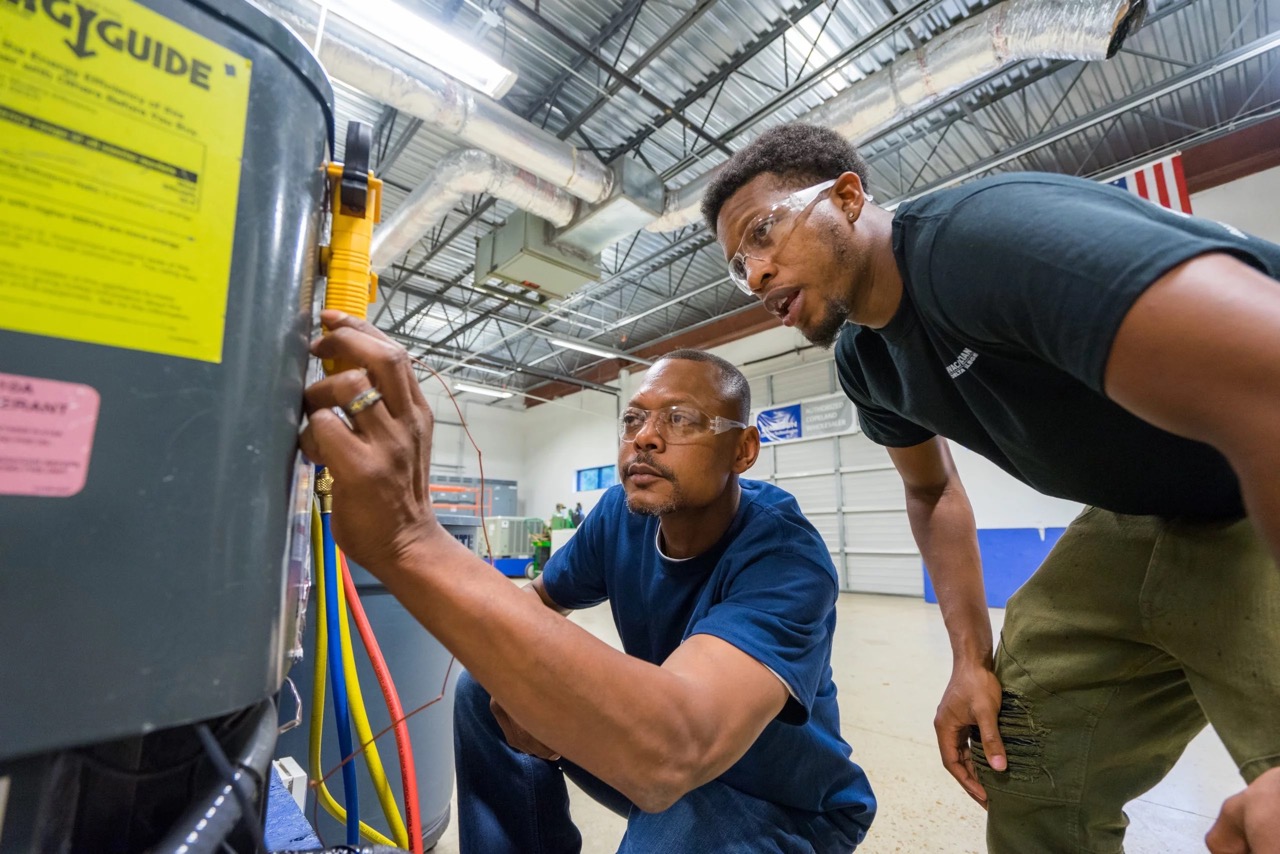
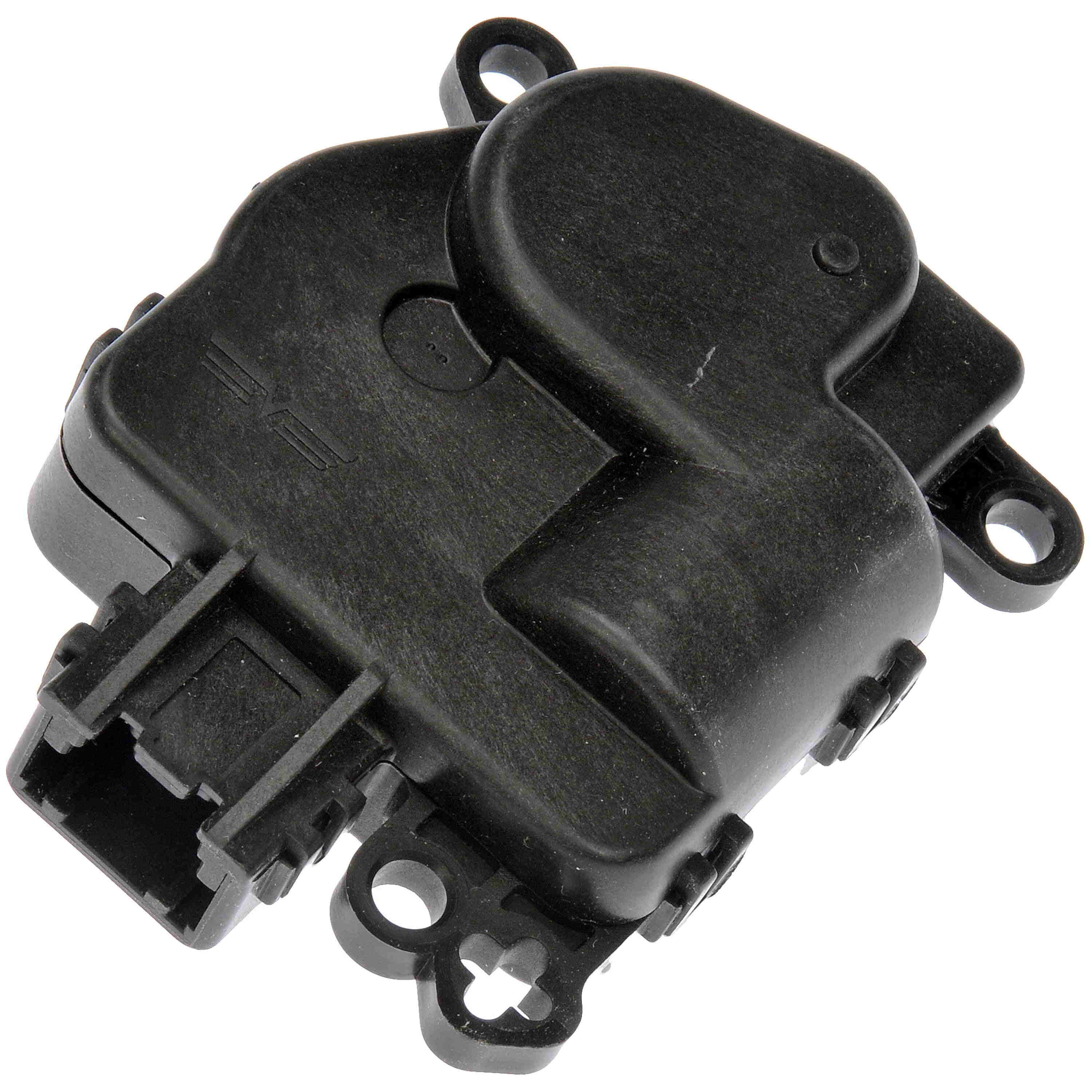

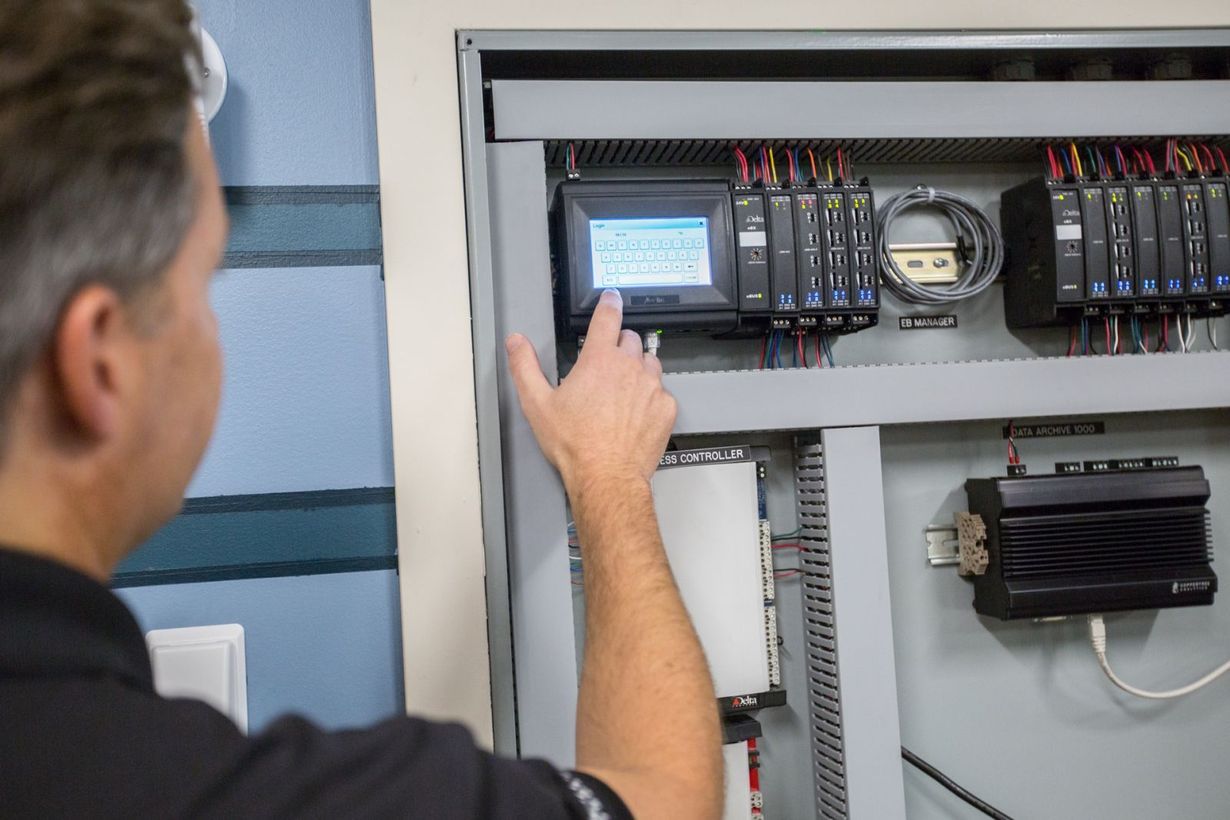
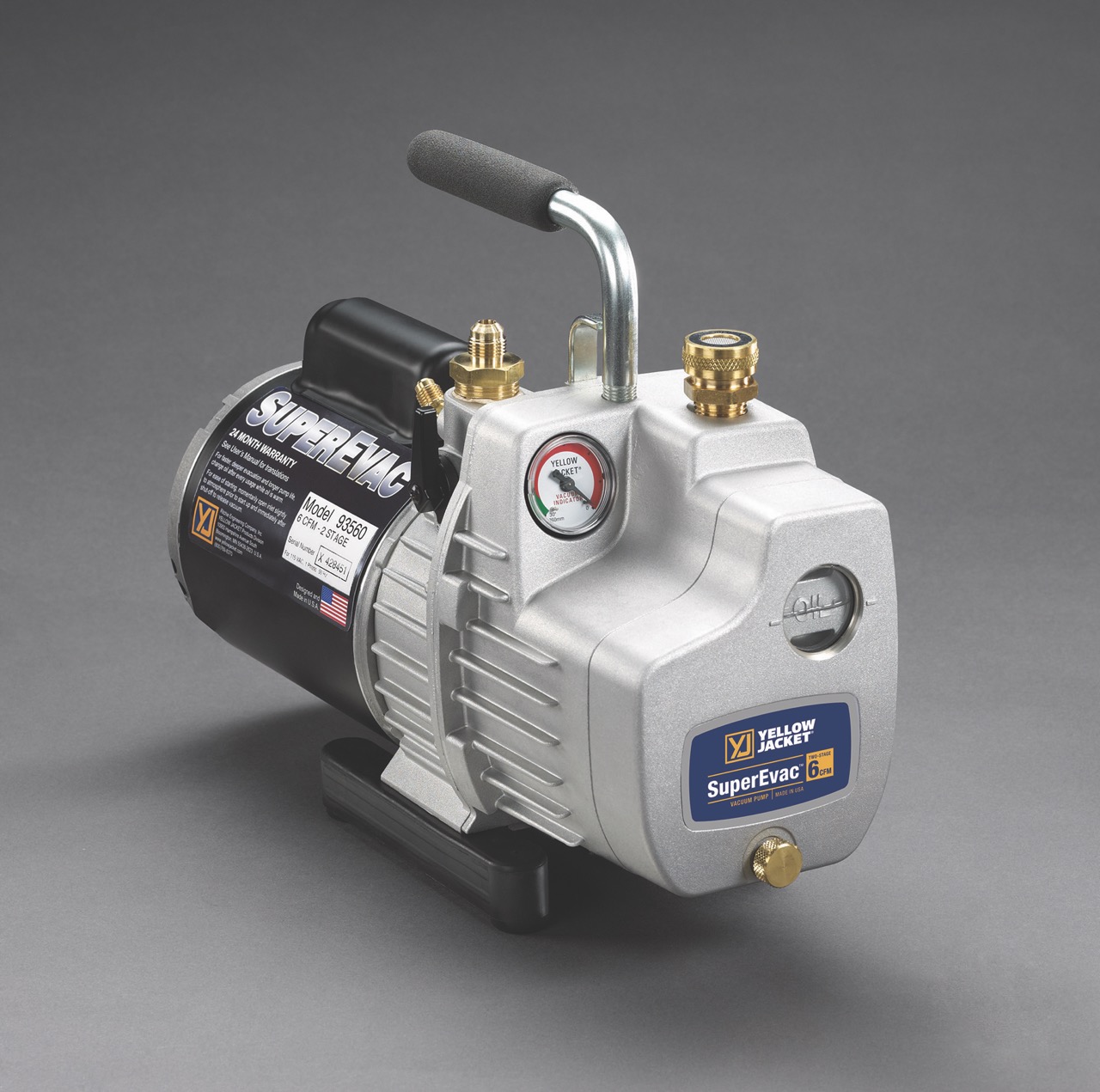
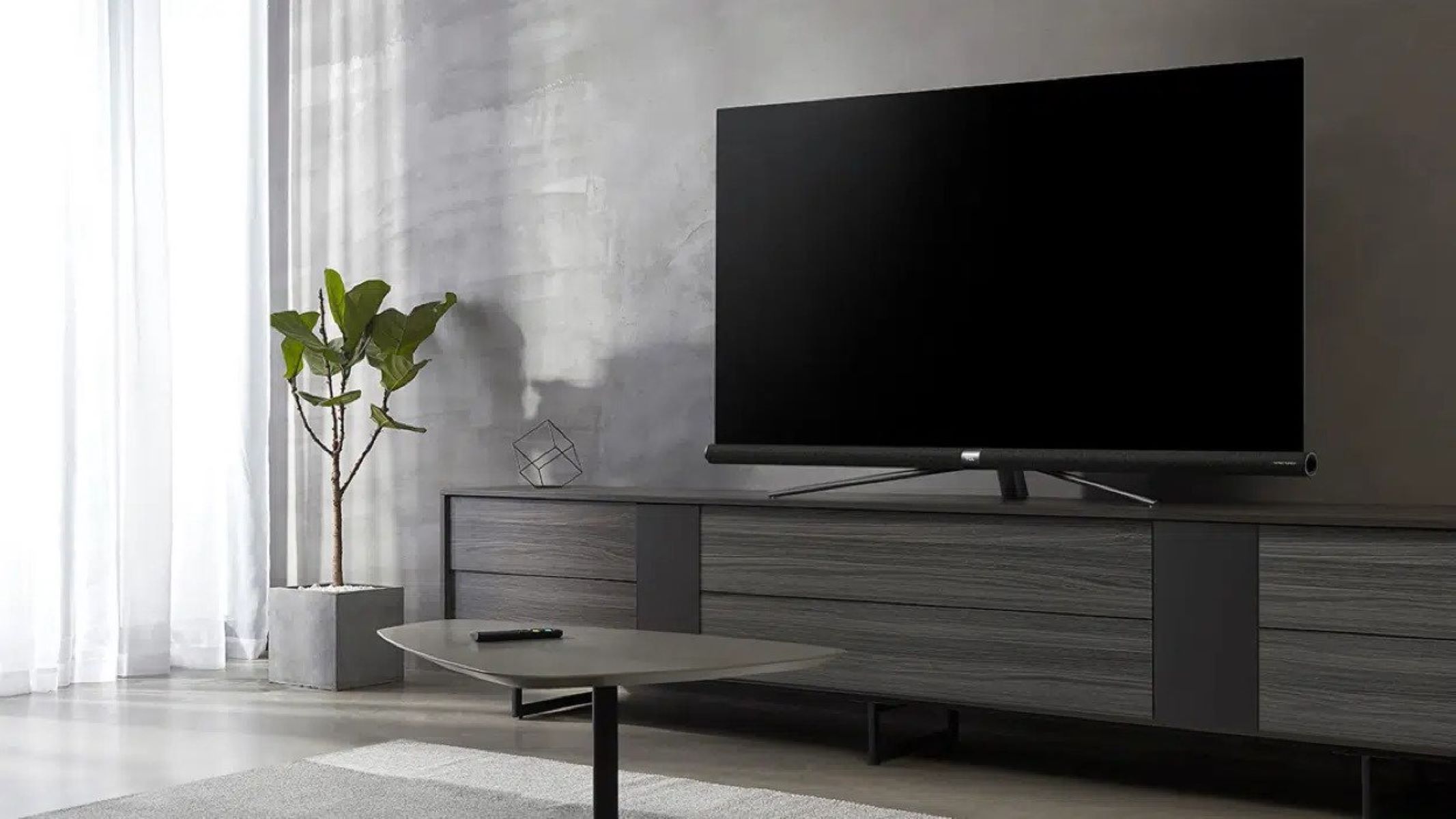


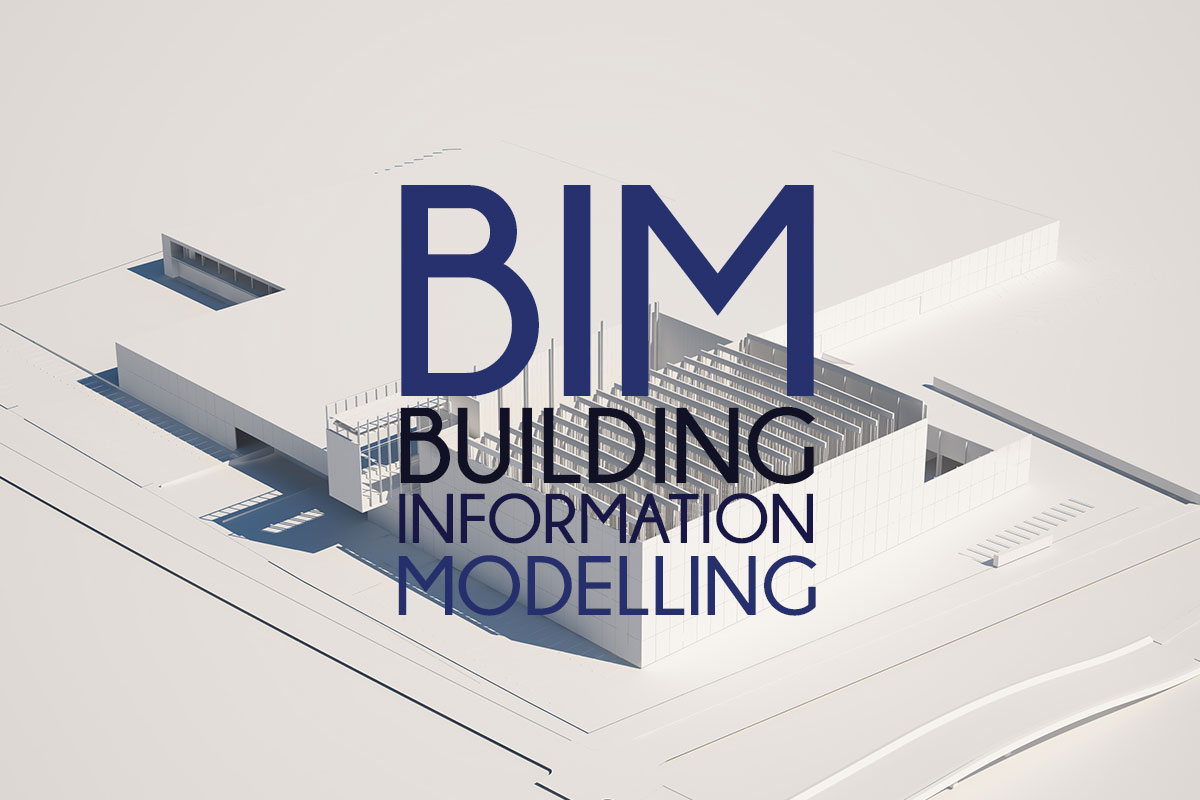
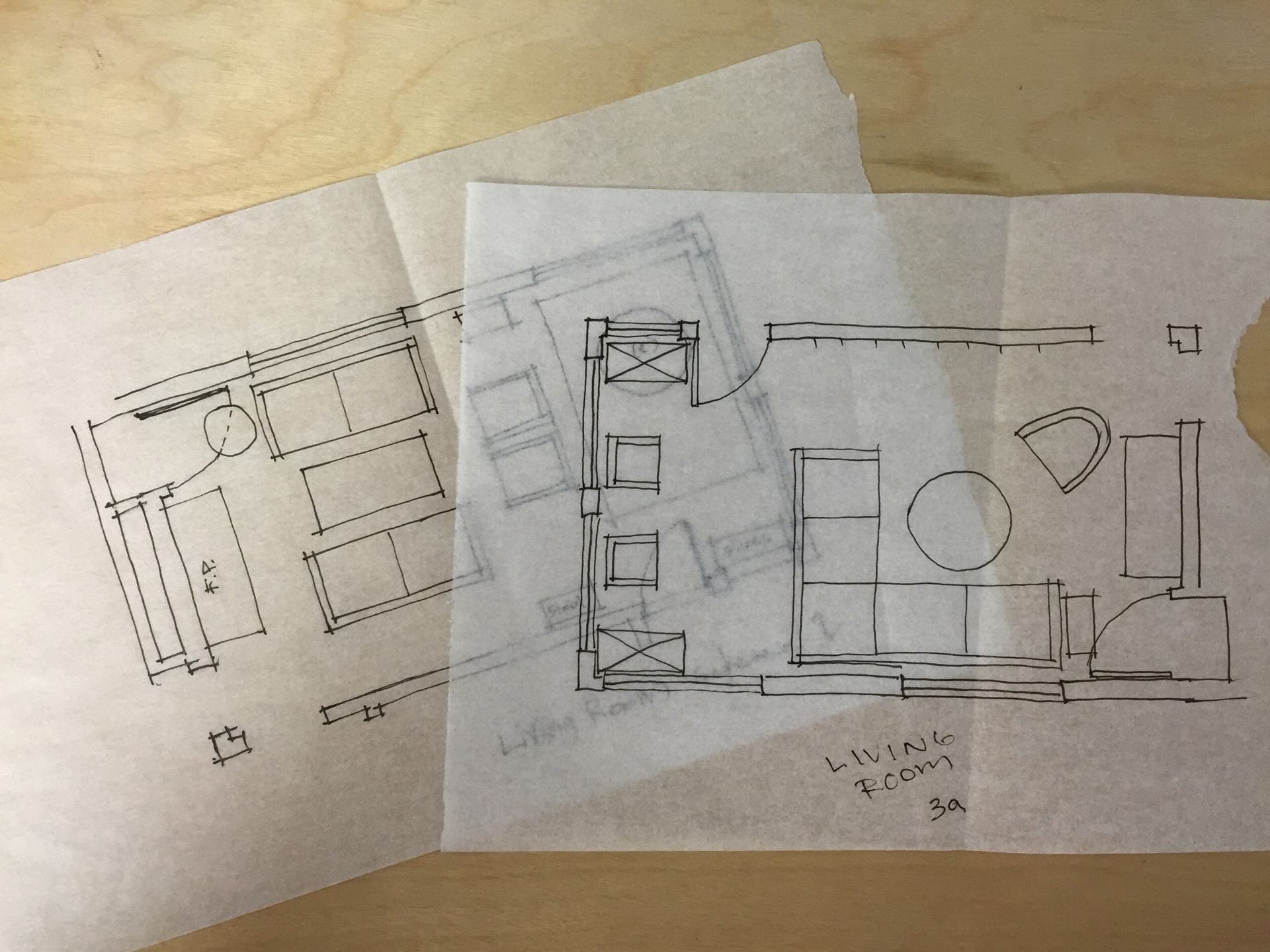



0 thoughts on “What Does CAV Stand For In HVAC”